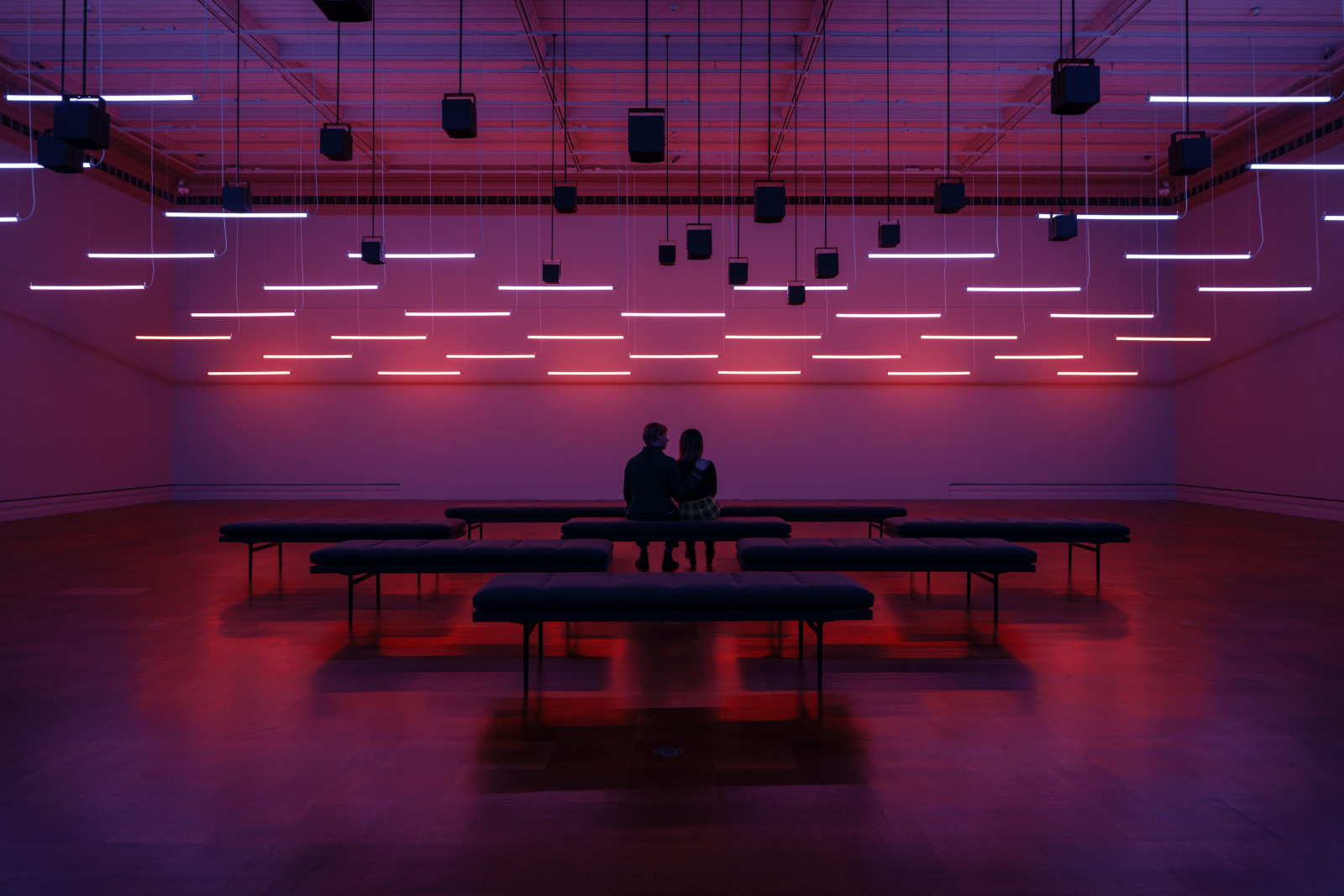Baboon Inlay
Baboon Inlay
Place of OriginEgypt
DateHead and hindquarters: early 20th century; Body: probably 7th-1st century CE
DimensionsMax H: 3 7/16 in. (8.7 cm); Max W: 1 3/4 in. (4.5 cm); Max Thickness: 7/16 in. (1.1 cm)
A: 1 11/32 in.; B: 1 1/16 in.; C: 2 in.
A: 1 11/32 in.; B: 1 1/16 in.; C: 2 in.
MediumGlass; cast in open, one-piece molds, cut on the body, applied and tooled decoration on the head and hindquarters, also cut on the face and foot.
ClassificationGlass
Credit LinePurchased with funds from the Libbey Endowment, Gift of Edward Drummond Libbey
Object number
1940.170A-C
Not on View
DescriptionFlat profile figure of seated ape; molded in three sections; A) head, red and green opaque glass; B) torso, green opaque glass; C) green and red opaque glass.
Three-piece inlay in the likeness of the Egyptian deity Thoth as a baboon. Head and hindquarters in an opaque yellowish-green ground with an opaque red mane, tail, and speckling; body segment in an opaque dark turquoise-blue ground. Uppersides of head and hindquarters convex; undersides concave and uneven. Upperside of body convex; underside flat; the upper and lower edges are cut to slope diagonally inward. A rounded scale pattern cut on the upperside of the body.
Published ReferencesThe Toledo Museum of Art, Art in Glass: A Guide to the Glass Collections, Toledo, Ohio, 1969, p. 18, ill.
Grose, David F., Early Ancient Glass: Core-Formed, Rod-Formed, and Cast Vessels and Objects from the Late Bronze Age to the Early Roman Empire, 1600 B. C. to A. D. 50, New York: Hudson Hills Press in association with the Toledo Museum of Art, 1989, cat. no. 690, pp. 386-387.
2nd century CE
1st century CE
Early first to 4th century CE
Early to mid-1st century CE
Mid-4th through early 3rd century BCE
Early 1st century CE
First quarter of the 1st century CE
Early 1st century CE
Early 1st century CE
Early 1st century CE
Uncertain, but probably early twentieth century
3rd to 1st century BCE

Membership
Become a TMA member today
Support TMA
Help support the TMA mission







